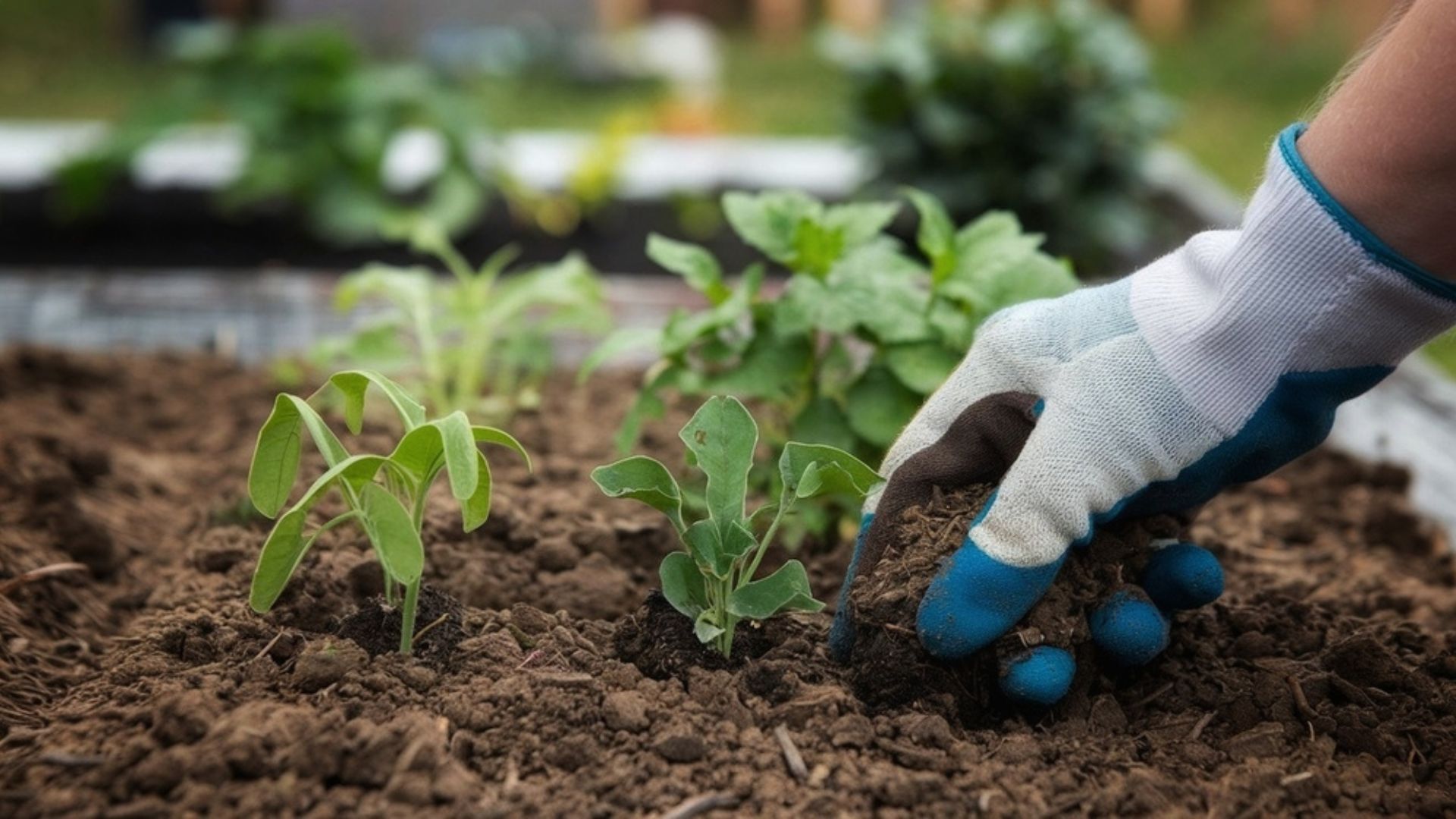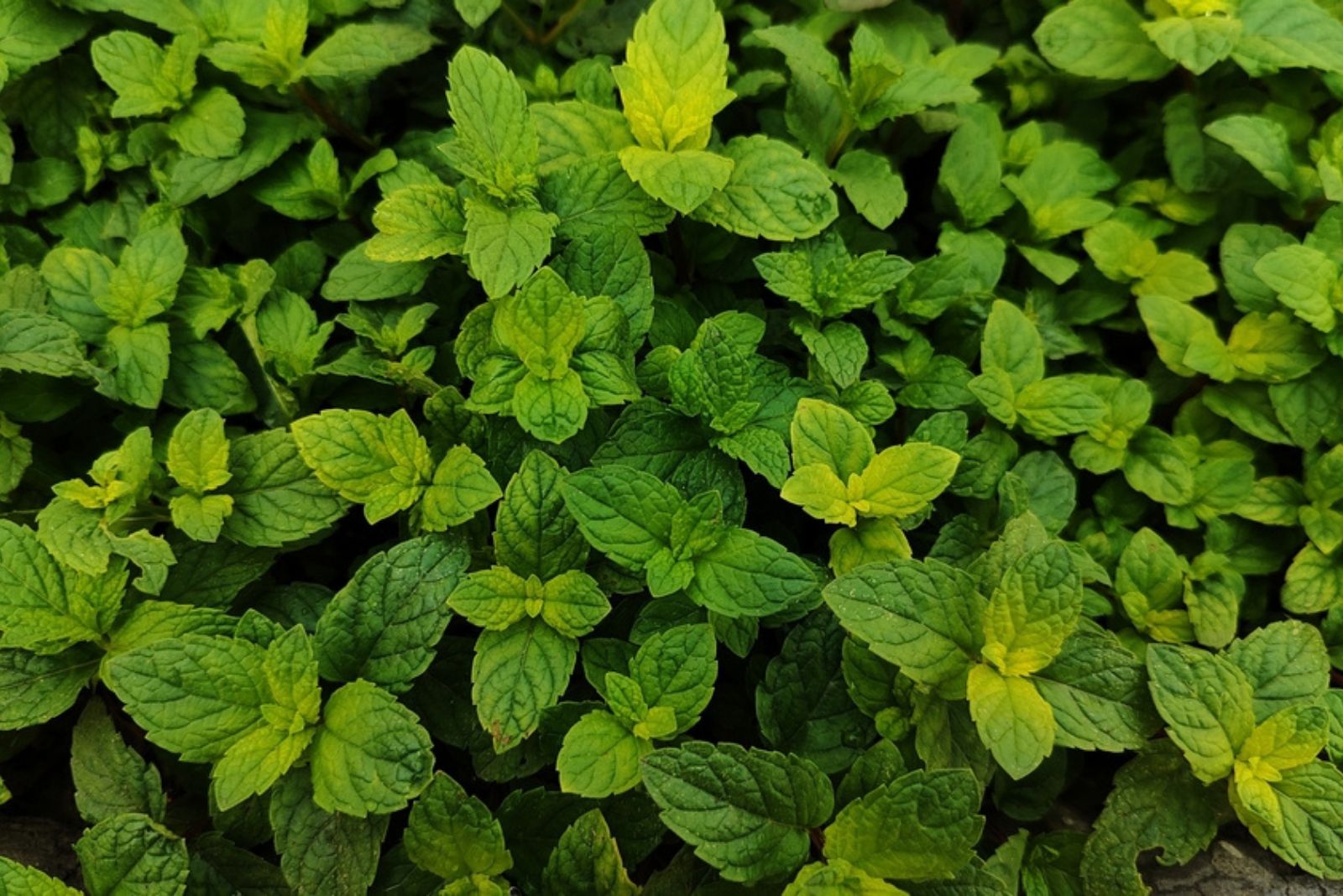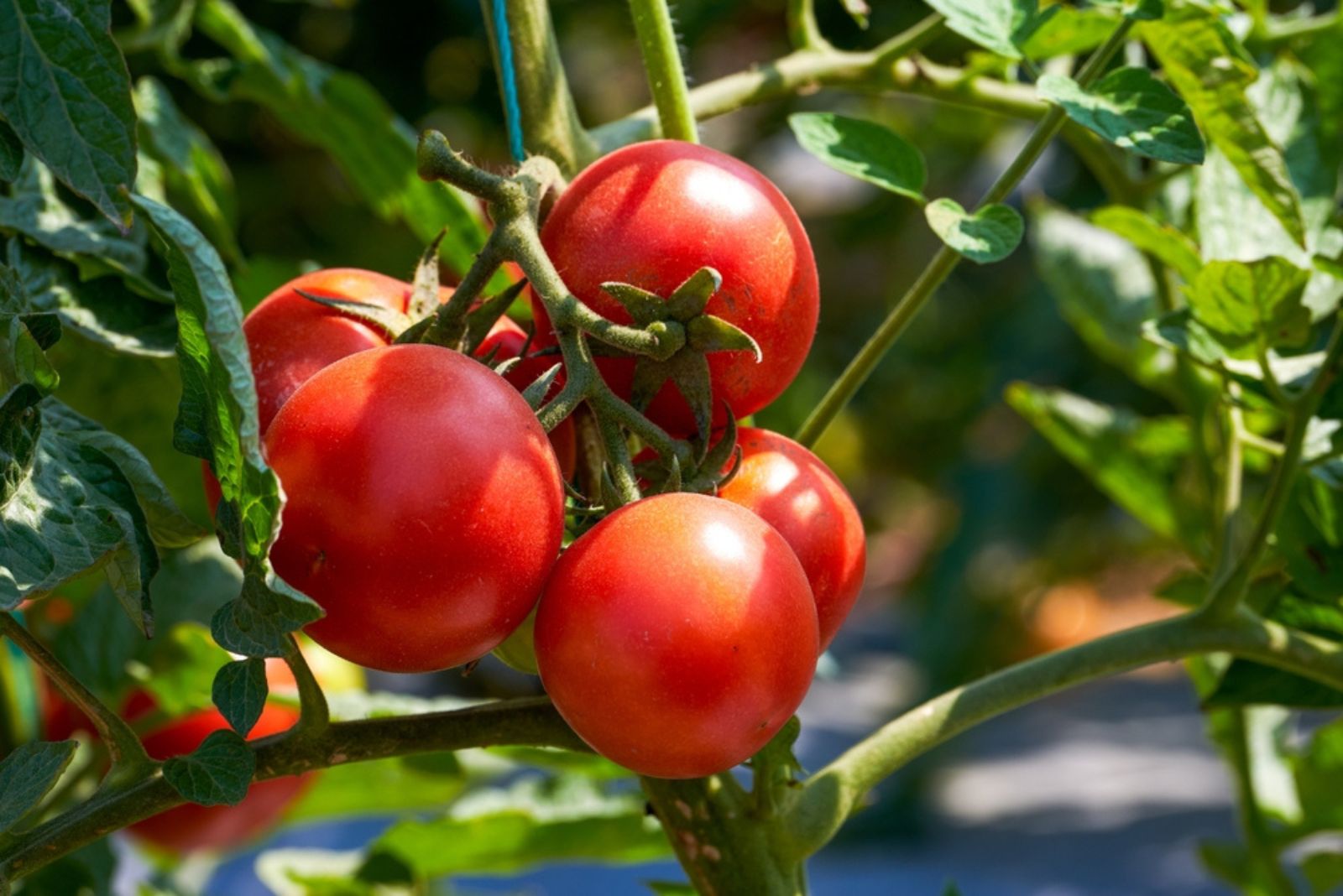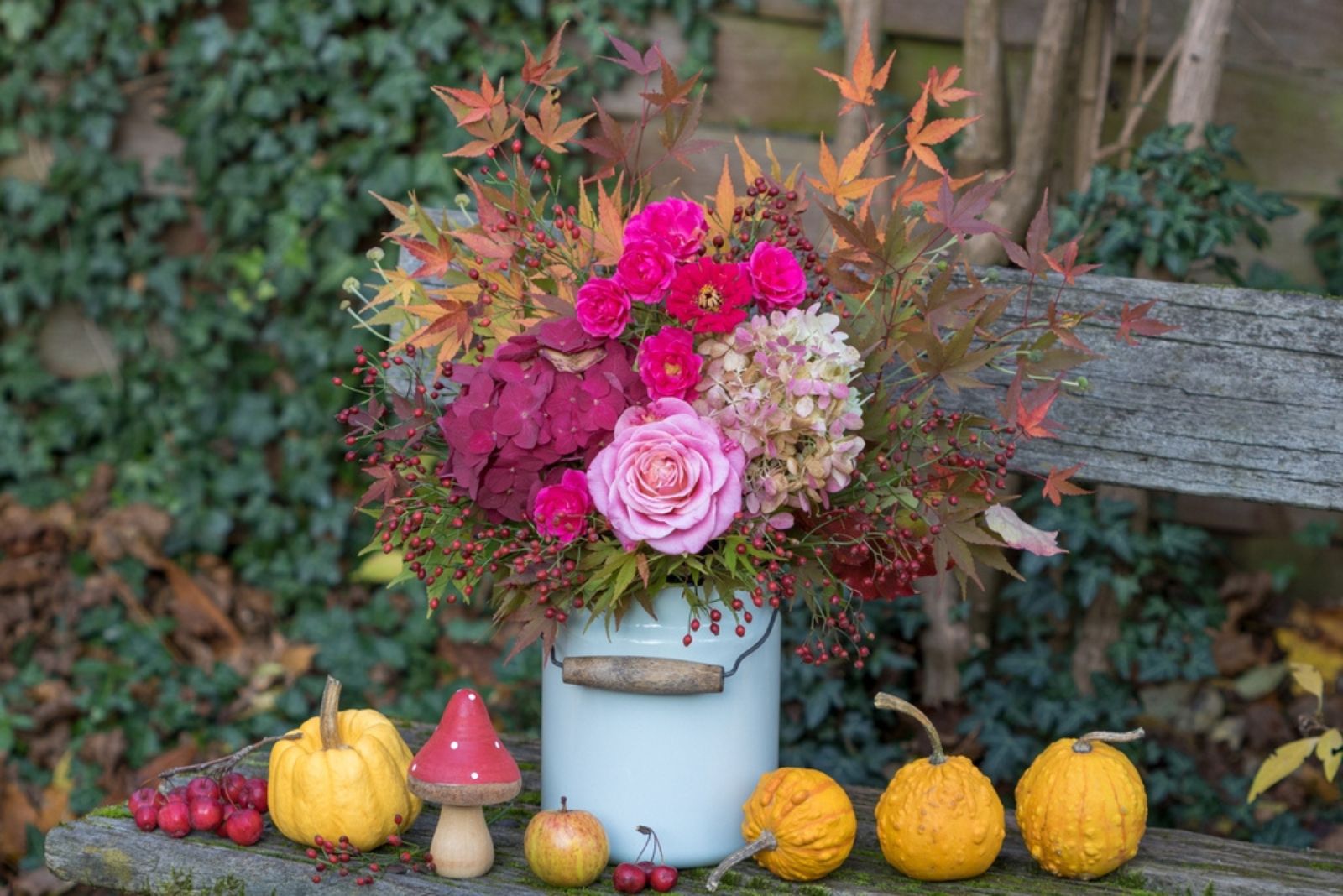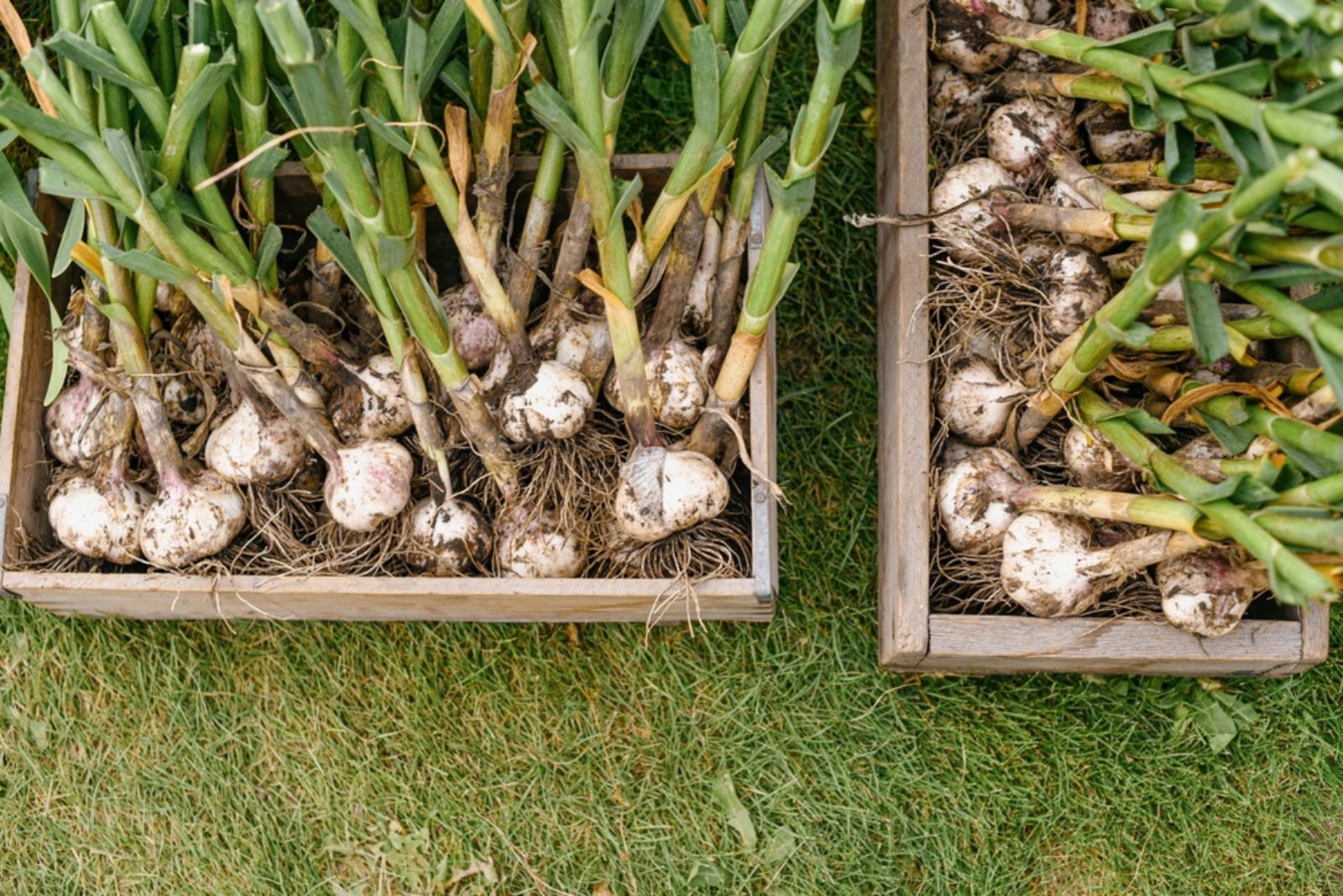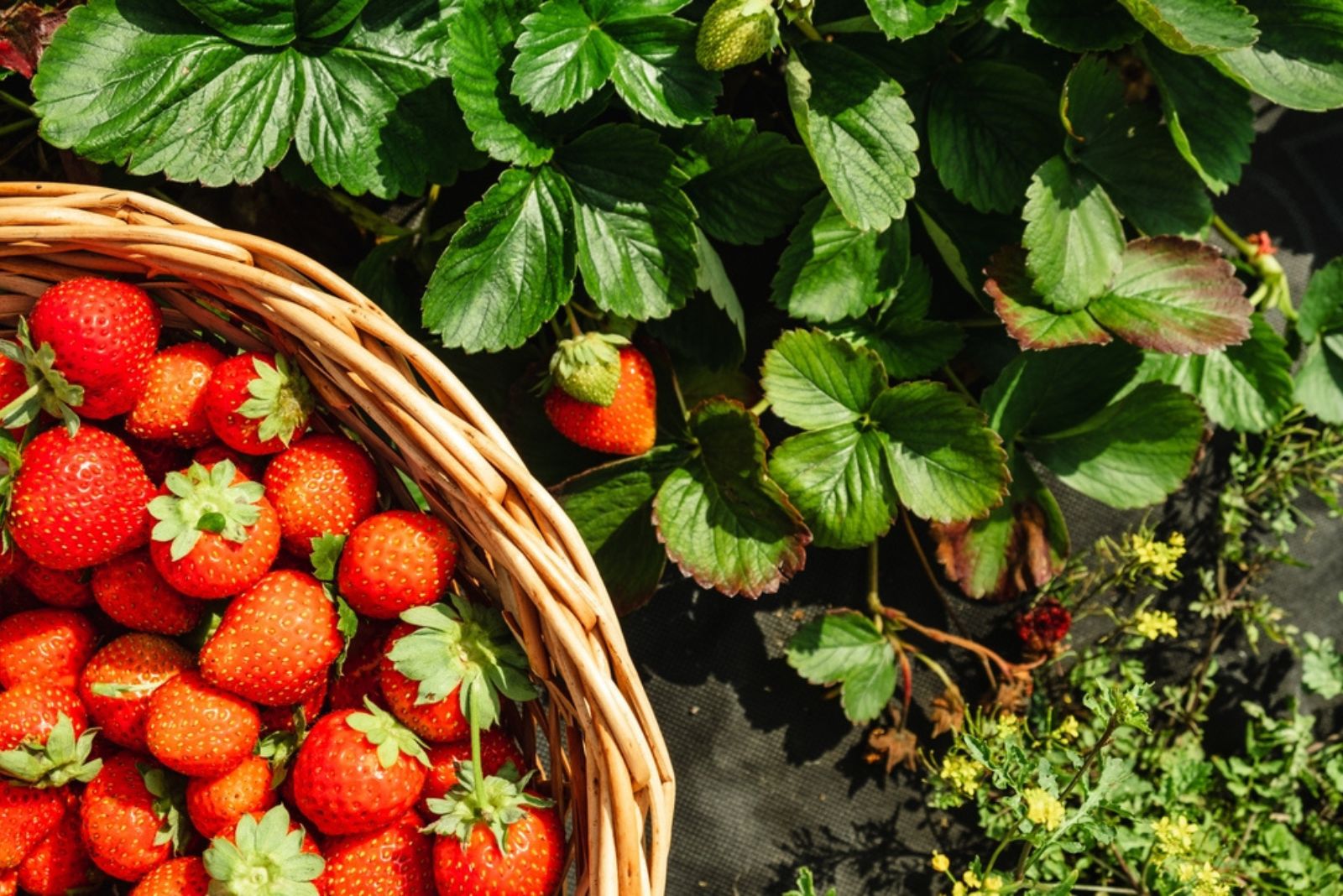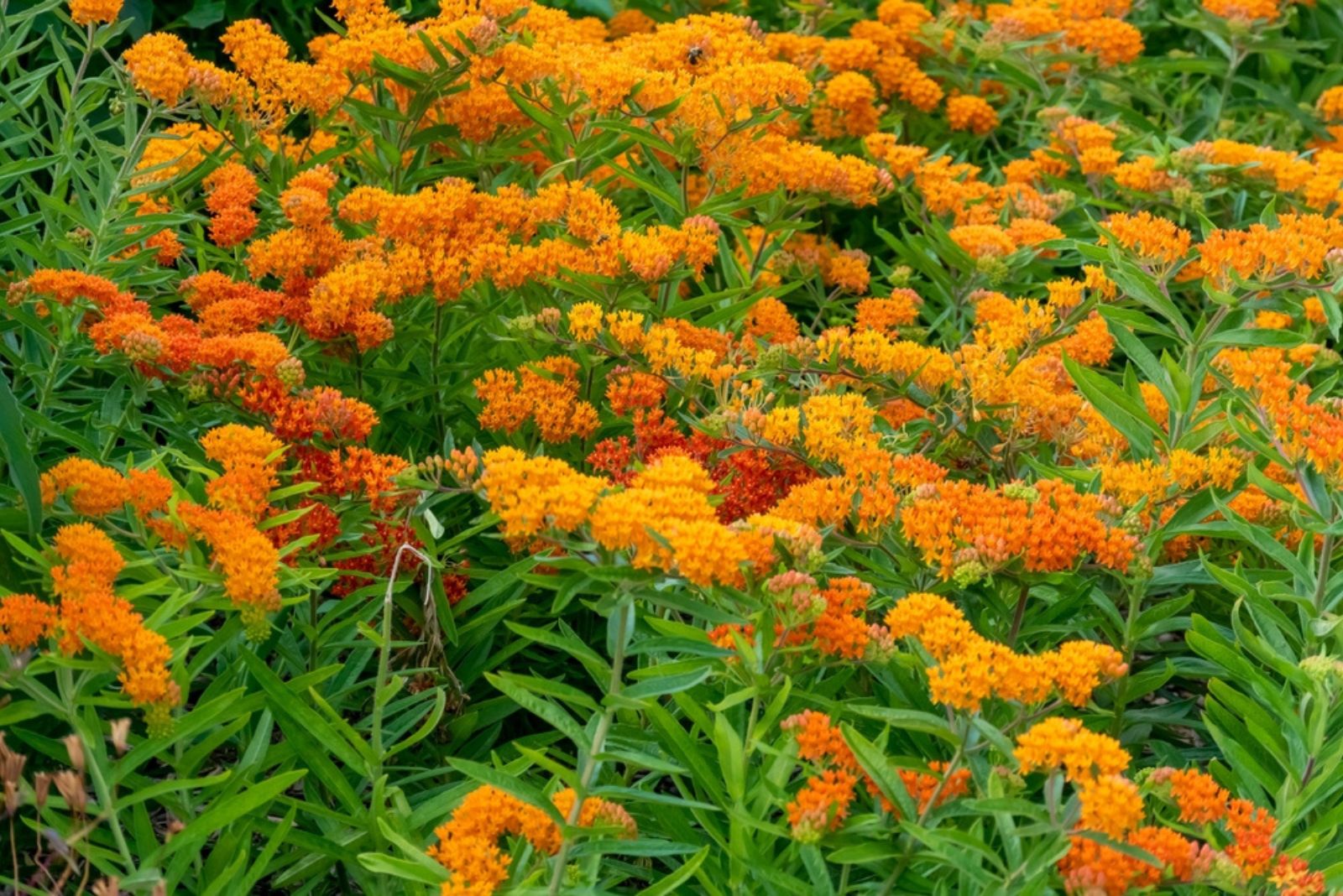Have you ever thought about companion planting? Planting certain plants together can be a wonderful experience! You can attract many beneficial pollinators, repel pests, and even improve soil quality.
But you should be careful which plants you’re about to grow next to each other! At the very beginning of my gardening journey, I wanted to give companion planting a try, so I started pairing different plants together.
I couldn’t imagine that in only a few days everything would go downhill! The plants I paired started to wilt and become weaker. Later I found out that I made a huge mistake by combining plants that can’t be grown together!
Then I discovered some interesting facts about which plants enjoy companion planting and which ones you should never grow together.
If you’re planning to pair plants, you need my list of nine veggies, herbs, fruits and flowers that you need to avoid planting next to each other! You’ll be surprised how many plants that you thought would be friendly actually aren’t.
#1 Mint Won’t Be A Friendly Neighbor To Any Of Your Plants
Are you one of those people whose favorite tea is mint? Drinking a cup of mint tea every day can help you stay healthy in the upcoming winter days! That’s why growing your own mint can be an exciting adventure. You’ll have enough leaves for everything you want to make!
Well, the only downside of growing mint is that this herb can spread quickly all over your garden, leaving your other plants little chance to grow. That’s exactly why mint can’t be a good companion to any plant out there!
It would be best to plant your mint in containers, alone. That’s where this herb grows the best!
#2 Tomatoes And Potatoes Shouldn’t Share The Same Soil
Fresh sliced tomatoes from your garden with potatoes as a side dish makes a perfect dinner! Even though they taste really good together on a plate, these crops should never be planted next to each other in the same soil!
Potatoes and tomatoes are fruits that generally need the same nutrients. That’s why it’s not a really smart idea to plant them next to each other. If you do make that mistake, they could start competing for nutrition.
Also, planting them close together could be dangerous because if one gets a certain disease called Blight, the other one could also get affected.
#3 Monarda Can Be The Reason Your Cucumbers Are Affected By Disease
Monarda is a beautiful aromatic plant with dark green or purple-green leaves. Its stunning appearance can provide you with a dazzling display when summer arrives!
Well, many gardeners think that this plant can be grown together with cucumbers. Unfortunately, that’s wrong, and you shouldn’t plant these two next to each other!
Monarda can be easily affected by powdery mildew, a fungal disease that can pose a high risk to your plants. Before you know it, this disease can quickly spread to your cucumbers too! If that happens, you’ll need to treat both of these plants, which can be exhausting
#4 Roses And Hydrangeas Won’t Thrive Under The Same Conditions In Your Garden
Roses and hydrangeas are some of the prettiest flowers you can grow! Their colorful blooms are perfect for bringing a cottage style into your garden. The only way these stunning flowers will work is in a bouquet! Planting them together in the same spot isn’t possible. Wondering why?
Well, roses prefer full sun to thrive, while hydrangeas need shade to grow! Their needs are different, so it’s best to plant them in different spots in your garden.
By doing that, you’ll ensure they thrive, and every corner of your garden will be decorated with their wonderful flowers!
#5 Planting Garlic With Other Veggies Is A Big Mistake
Garlic can elevate your favorite dish and help you stay healthy all winter long! This crop has so many benefits, from repelling pests to reducing cold symptoms.
I always wanted to try pairing this crop with other veggies until I found out something that kept me from experimenting! Garlic builds up sulfur in the soil, which can be dangerous to every veggie growing next to it and even stunt their growth.
That’s why it’s best to plant your garlic alone, far away from vegetables!
#6 When Planted Together, Cabbages And Strawberries Will Start Competing With Each Other
Strawberries are one of the most delicious fruits! Their sweet red berries are perfect for making smoothies, cakes, or even drinks. But let’s not forget about cabbage, a tasty veggie that’s rich in vitamin C and goes well with every salad!
But planting these two together is a wrong move! Another bad combination are strawberries and cabbage as they also compete for nutrition.
Guess who will win this competition? The answer is…cabbage! This veggie will take the lead, and then your strawberries will produce smaller and less delicious fruits. So, it’s best to keep these plants far away from each other!
#7 Carrots And Parsnips Are A Match Made In Heaven On A Plate, But Not In The Garden
Dishes with carrots and parsnips are well-known at the Christmas table! These crops go perfectly together on a plate, but if you plant them together in your garden, it won’t end up well!
Since these veggies come from the same family, they can be easily affected by pests and diseases. If the pests start ruining your carrots, parsnips will be the next treat on their menu! To prevent that from happening, make sure you plant these veggies away from each other.
#8 Rue Will Be Responsible For Your Basil’s Bitter Taste
Basil and rue are herbs that every household has! These two definitely seem like they make a good team, but there’s one important reason why you should avoid combining these two herbs together!
Rue can affect basil by transferring its bitterness. Then you won’t be able to consume your basil because the taste won’t be as sweet as it’s supposed to be.
#9 Don’t Fall Into The Trap Of Thinking Butterfly Weed And Impatiens Can Work Together
Butterfly weed and impatiens have colorful flowers that can become the sweetest decoration in your garden! When you picture them together, these flowers seem like they will complement each other perfectly. But in reality, it’s different!
Butterfly weed is a plant that adores sun and dry soil, while impatiens thrive in moisture. They have different needs, and that’s why these plants won’t be able to function together!
Knowing which plants to avoid pairing can save your garden from all the disasters that can happen. Not every crop, herb, or fruit enjoys companion planting!
If you’re thinking about growing some of these plants, make sure to follow the rules! Steer clear of their not-so-friendly companions, and you’ll have a thriving garden all season long

